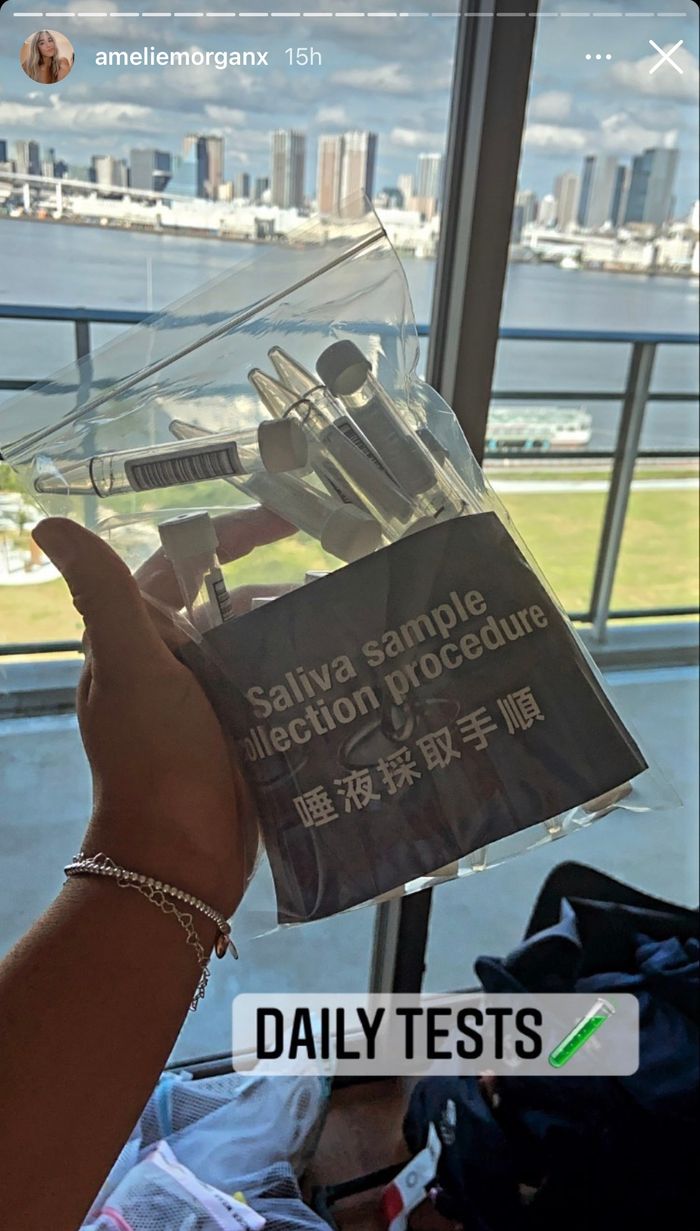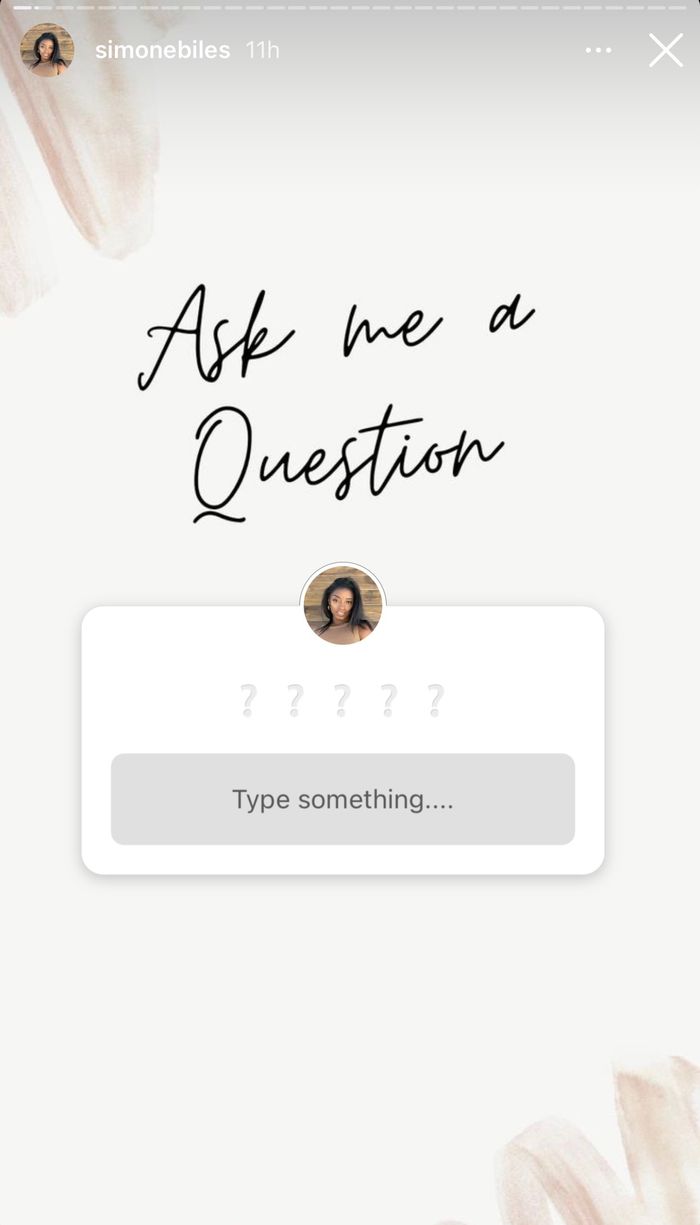It’s typically a very social environment at the Olympics, with athletes from all over the world hanging out together, but because of the COVID-19 pandemic, there are a lot of new rules and restrictions in place to lower the risk of competitors contracting or spreading the virus — and they’re making the Tokyo Games unique.
COVID-19 cases were spiking in Tokyo in the weeks and months leading up to the Games, and as of July 25 Japan had only vaccinated about 25% of its population. And this was after the Games were postponed a year earlier because of the pandemic.
So for the first time, there are no fans allowed during any part of the Games, as Japan is under a state of emergency because of the pandemic. This year, the global sports competition meant for spectators to roar and cheer is defined by isolation.
See also: No fans at the Tokyo Olympics will lead to at least $800 million in ticket-sale losses, analyst says
“I wake up in the morning and I have breakfast and eat inside the room. I get a taxi to go to the practice and back to the hotel… Dinner inside the room,” Emiliano Bosso, an Argentina Olympian, told NPR.
Athletes were encouraged to get vaccinated before traveling to Japan for the Games that run from July 23, 2021 through Aug. 8, 2021, but it wasn’t a requirement.
The COVID-19-related rules for athletes at the Olympics are outlined in a document entitled The Playbook.

Team Britain’s Amelie Morgan shares a picture of the daily COVID-19 test athletes are required to take
Among the new rules, athletes are required to quarantine for three days after they arrive in Tokyo and are then tested daily by a rapid saliva antigen test. So far, over 75 people with Olympic credentials have tested positive for the coronavirus. The following athletes are just some who have tested positive for COVID-19 and won’t be participating in the Games: Team USA’s Coco Gauff, Kara Eaker and Taylor Crabb; Team Czech’s Ondřej Perušič, Pavel Sirucek and Markéta Sluková-Nausch; and South Africa’s Thabiso Monyane and Kamohelo Mahlatsi.
See also: The cost of the Olympics’ ‘runaway arms race’ and new hope for student loan borrowers in bankruptcy
American beach volleyball player Taylor Crabb tested positive for COVID-19 when he arrived in Japan on Sunday and withdrew from the Olympics on Thursday — Tri Bourne then took his place.
But Crabb still can’t leave his hotel, nor can he leave the country until 10 days after his first positive test, according to AP News.
“My mom has been FaceTiming me and actually took me through some yoga. My girlfriend, she’ll watch some shows with me. And another huge person that’s been helping is Nick Lucena (another U.S. beach volleyball player), who has really nothing to do with our team. But he’s a good friend of mine and we play cribbage every day together. So it’s been great to have these people around me to help me take my mind off of the devastation,” Crabb told the AP.
How the athletes are ‘breaking the boredom’
Even athletes who didn’t test positive are in some ways sitting around playing cribbage, as the restrictions are causing extreme amounts of boredom in the Olympic Village.
For example, Australian softball head coach Laing Harrow told AFP his players have been bingeing on Netflix and hitting the gym in a bid to “break the boredom” after landing in Japan on June 1, according to France 24.
Many athletes are taking to social media for a bit of entertainment. Aside from keeping her followers up-to-date with training videos, Olympian Simone Biles shared polls and answered questions from fans on her Instagram account during the week before the Games started.

Simone Biles tells her followers to ask her a question on her Instagram story.
Some athletes decided to share an inside look at the Olympic Village. Tom Daley, a British diver, uploaded a tour to his YouTube channel, and Brisa Hennessey, a Costa Rican surfer, shared some behind-the-scenes shots on her Instagram reels.
“I have lots of things to keep me occupied, like my obsession with knitting and crochet. I’m planning on bringing a whole extra suitcase of yarn because I’m not going to be allowed out of the village to go to the shops. I want to make sure I’m well stocked,” Daley told the Daily Mail before the Olympics started. All that knitting seems to have helped, as Daley won a gold medal this week for diving.
The beds in the Olympic Village have also gained a lot of attention on social media for being made of cardboard, which some people speculated was a measure the Olympics took to keep athletes from having sex with each other, and increasing their chances of spreading the coronavirus. In reality, the cardboard is just as supportive as regular wood and withstands plenty of weight — up to 440 pounds, according to the Associated Press. So another way that athletes are spending their time when not competing or practicing is creating videos debunking the rumors that the beds can’t handle extra weight — by jumping on them.










Add Comment